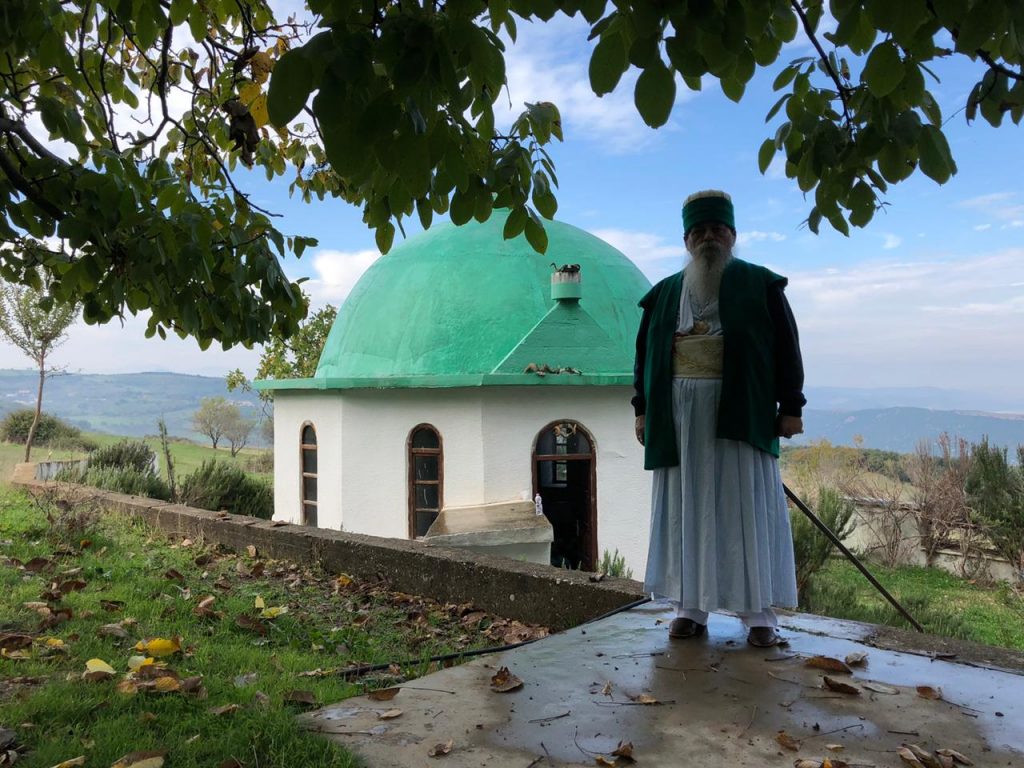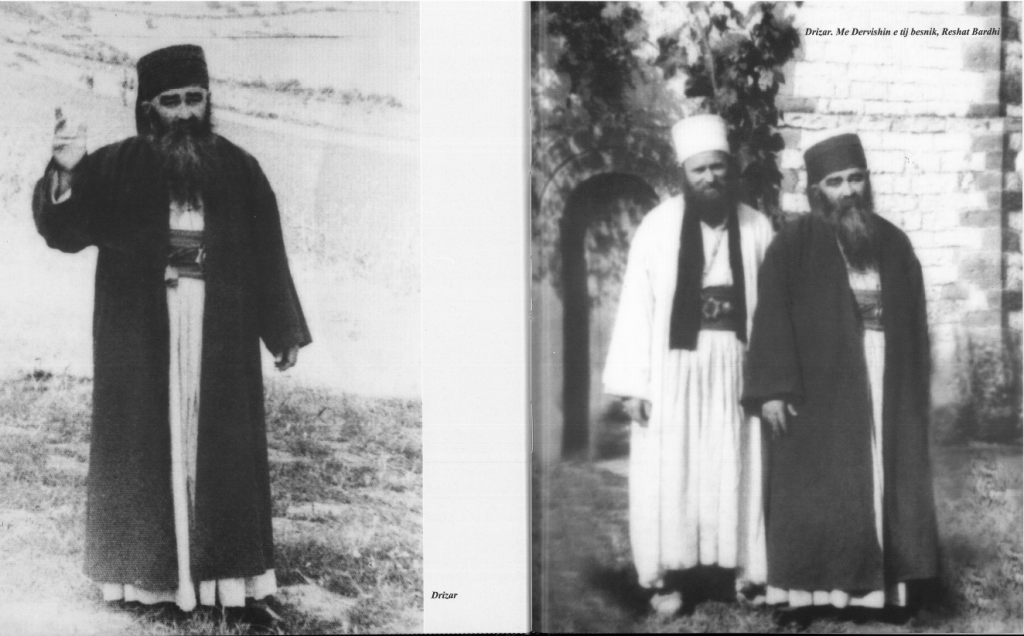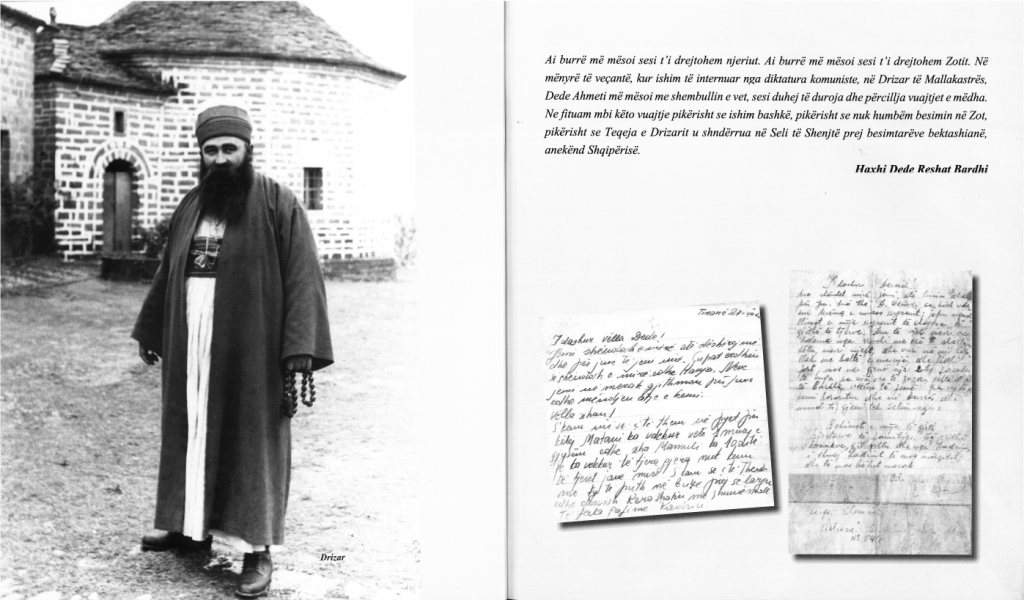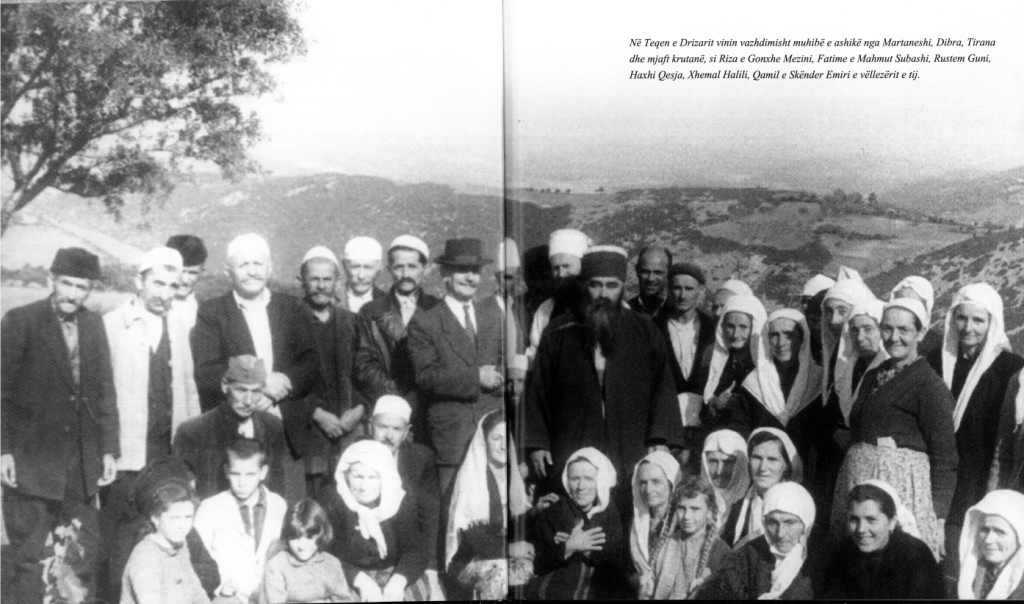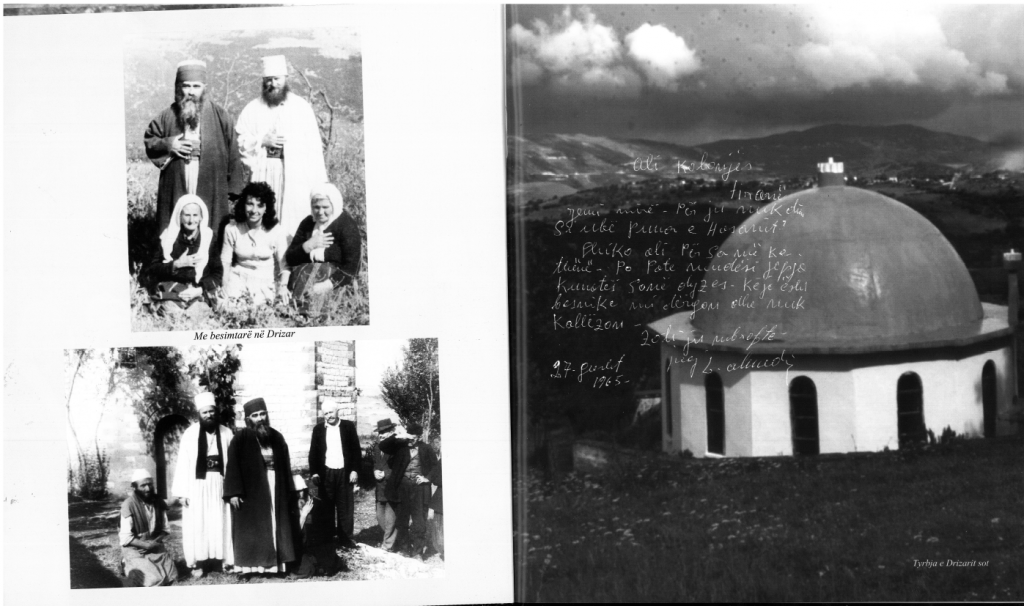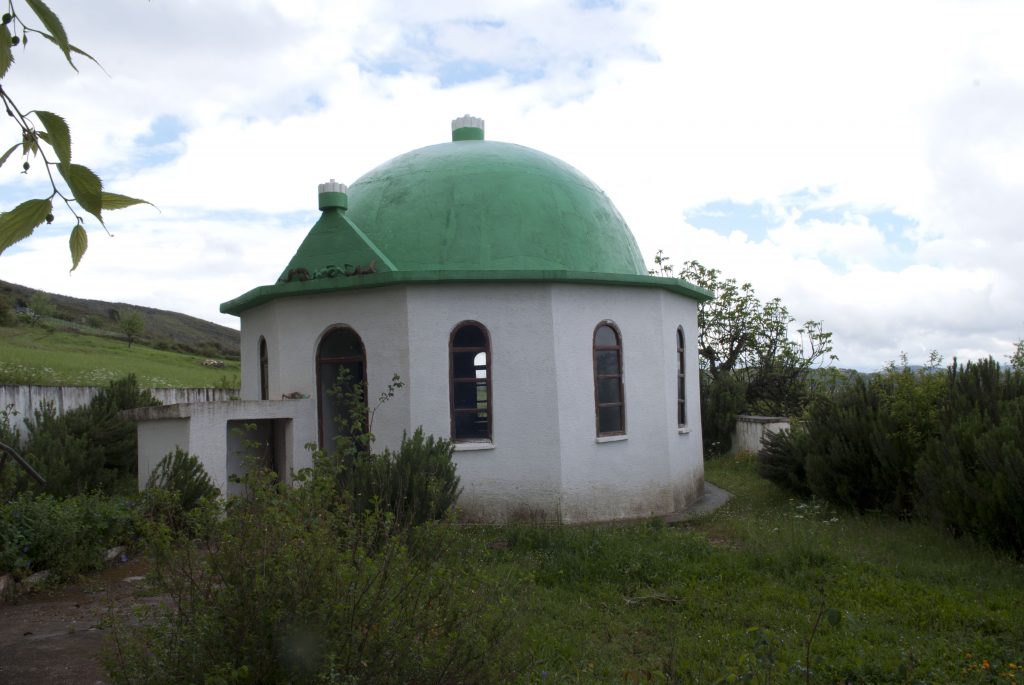
Today, it is 148 years since the establishment of the famous tekke of Drizar, in Mallakastër, a day in which the traditional annual pilgrimage takes place.
This tekke is located in east of Drizar village, Kutë Administrative Unit, Ballsh Municipality.
It is a well-known tekke with important contributions in Albania, where clerics, well-known personalities of this peaceful faith have served for decades.
It was founded by Maliq Zeneli on the Bramull, of his property, which in 1873, gave the tekke 5 hectares of land. In this period, three dervishes came; dervish Xhelua became the first father of the tekke. The tekke rose to the dry creek. At the turnip, there was a tap, down in Vodica, where water was taken with wings or animals for the tekke. Near the tap, there was also the vegetables. Maliq Zenel Pashaj made a special contribution to the economic strengthening of the tekke during the years 1873-1912. Father Xhelua (who passed away in 1916), blessed many brave Drizari warriors in defense of the Vlora government, against the Greek andarts. The tekke played an important role in the spread of Bektashism. Various ceremonies were performed there, such as prayers, religious rites and festivals, Sultan Nowruz, Ashura, Eid al-Adha and Eid al-Fitr. It kept alive the believers and the people with the love for the homeland. Subsequently, this Bektashi object was lead by other fathers: father Xhaferi, who continued the path of father Xhelo, but had a short life. Later, the tekke was Leaded by father Rakip Gllava (1920-1940). He became the inspiration of spiritual feelings not only to all the people of Drizar, but also in the villages, Hekal, Klos, Kremenar, Ninsh of Mallakstra etc. After him, (years 1941-1952), the tekke was lead by father Riza Bargullasi from Skrapar, sent from the tekke of Krahës. Subsequently, (years 1952-1955), dervish Muharrem Goxhaj leads the tekke. Here, in the period 1958-1967, during the years of internment, Dede Ahmeti and dervish Reshat Bardhi led the tekke. Latter was headed by the Bektashi World Headquarters in 1991. Seit Xhani, a dervish, also worked in this tekke.
Dede Ahmeti and dervish Reshati, during the period of exile (1958-1967) rebuilt the tekke and made it an important place of pilgrimage even though they were monitored by the security of the monist state. The tekke reopened in 1995.
Every November 5, in this teqe, takes place the traditional pilgrimage.
Prepared by:
Nuri ÇUNI
